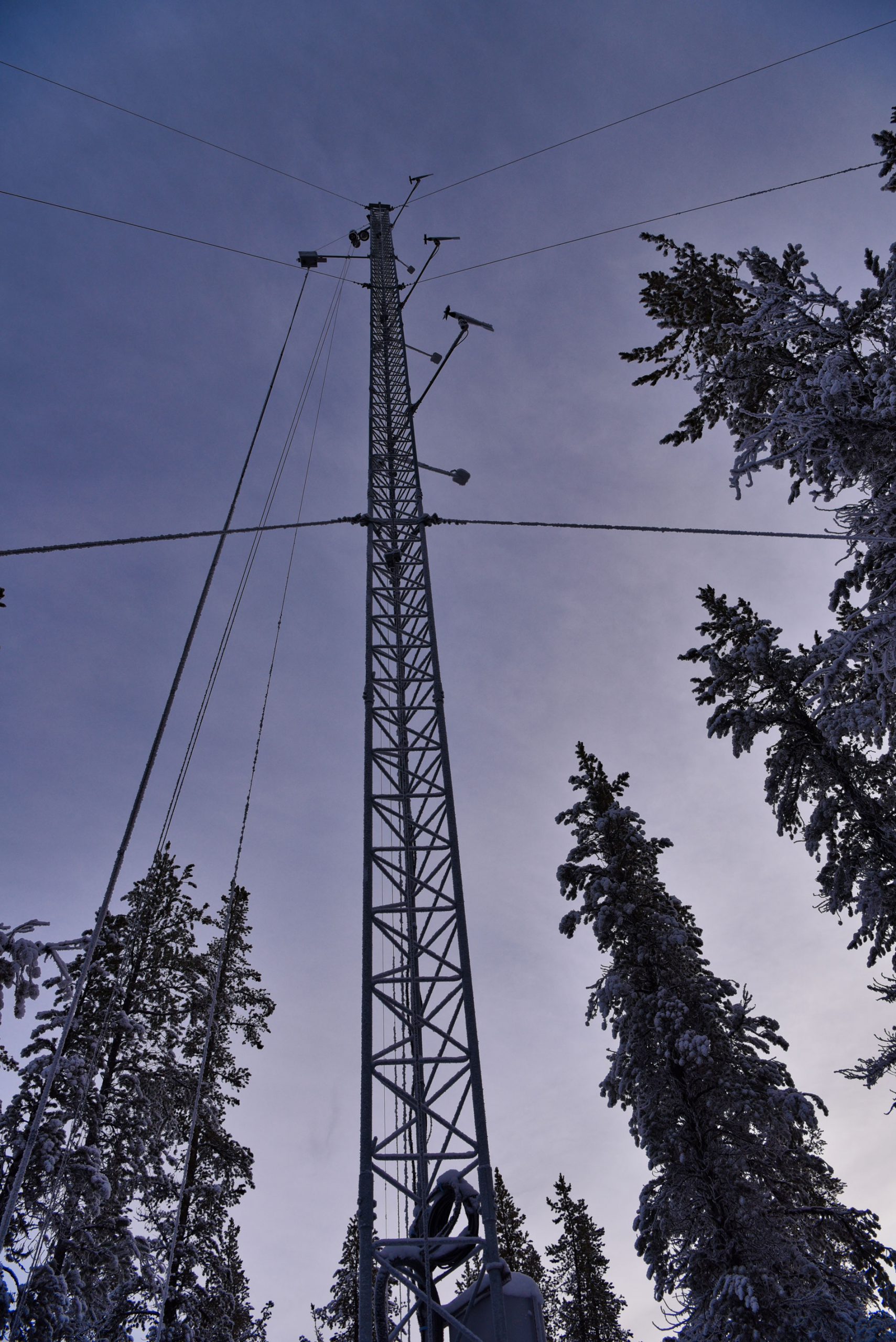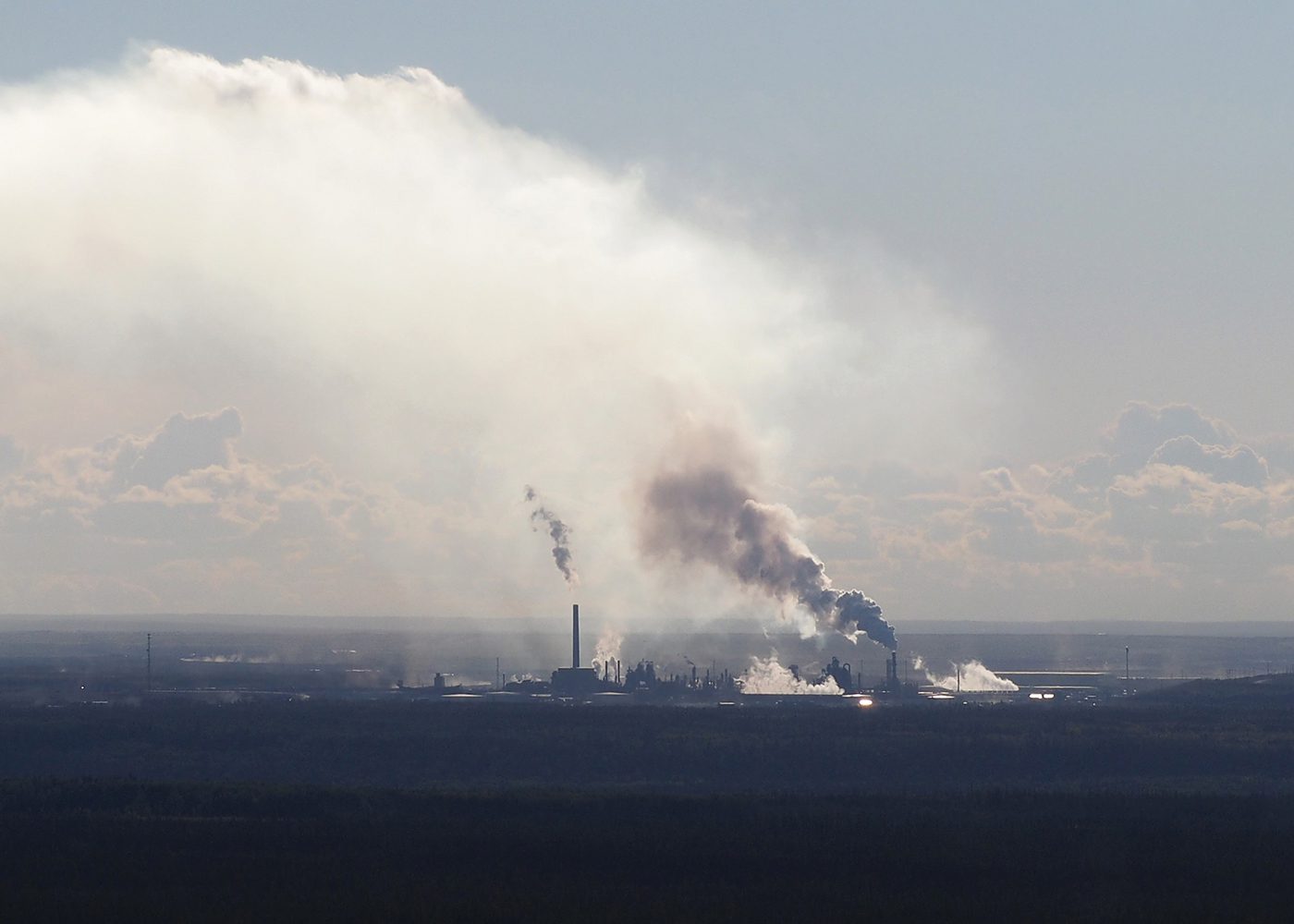The data can be accessed from three types of monitoring stations
The WBEA has data available from over 25 continuous air monitoring stations, 6 meteorological towers and 50+ integrated monitoring sites. Knowing the specifics of the data type you wish to download or view is helpful in finding the right place to acquire the data. Use this guide to better understand how to find and access the WBEA’s data.
Station Data
The WBEA monitors ambient air in the RMWB 24-hours a day, 365 days a year, through a network of 29 stations, including continuous and time-integrated air monitoring methods. An interactive monitoring network map shows the station locations and near-real-time (Level 1) air data for each station.
View Real-Time Station DataContinuous Data
The WBEA has staff dedicated to validating the continuous data that is collected within its network. This quality-controlled (Level 2) air data, including historical monitoring data, is available by visiting Continuous Monitoring Data.
View Validated Continuous DataTime-Integrated Data
Non-continuous monitoring consists of collecting air samples or exposing pollutant-sensitive, chemically treated sample media to the atmosphere for a period of time. The air pollutant concentrations are determined by laboratory analysis and shared by the WBEA.
View Time-Integrated Data


